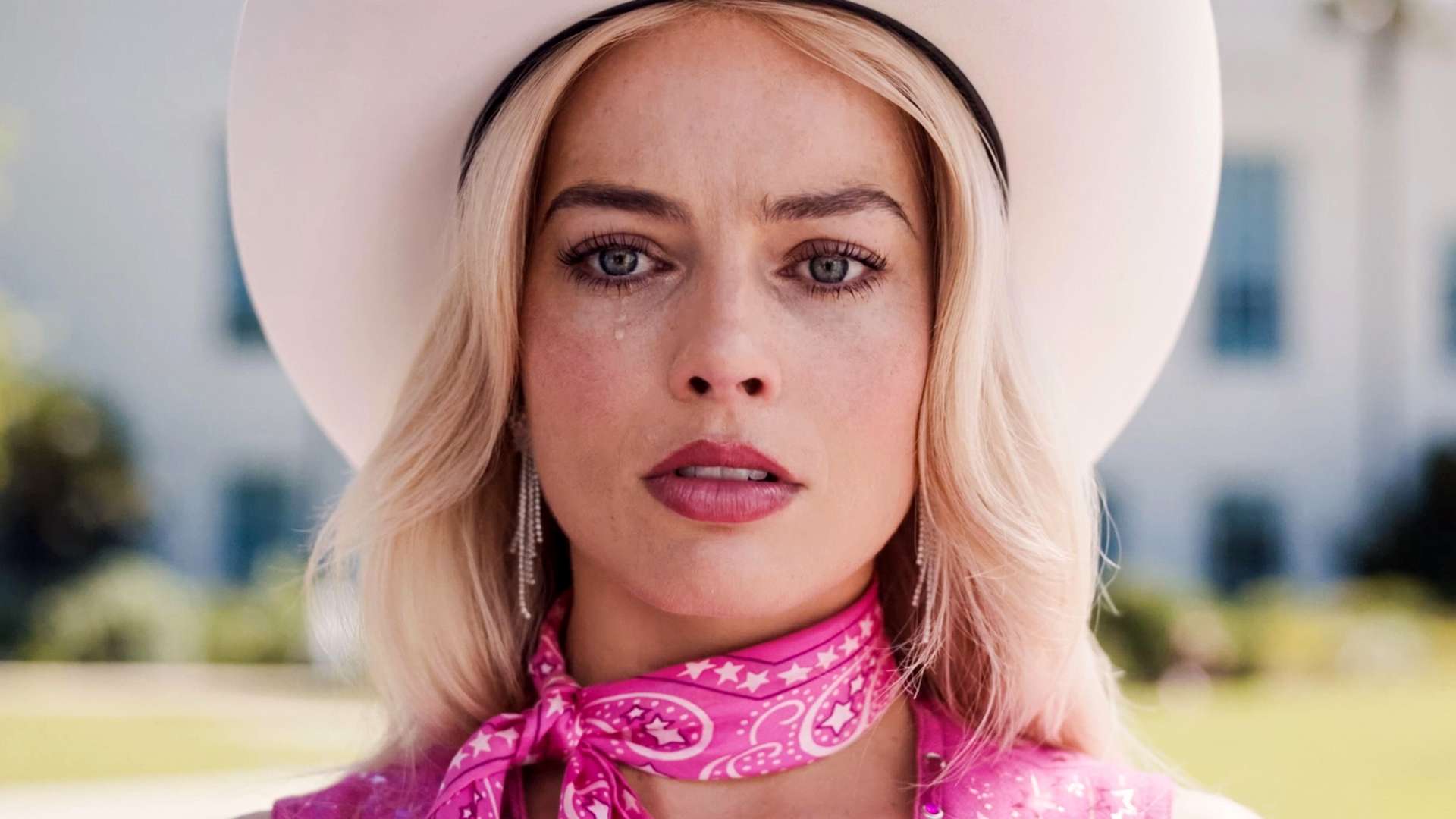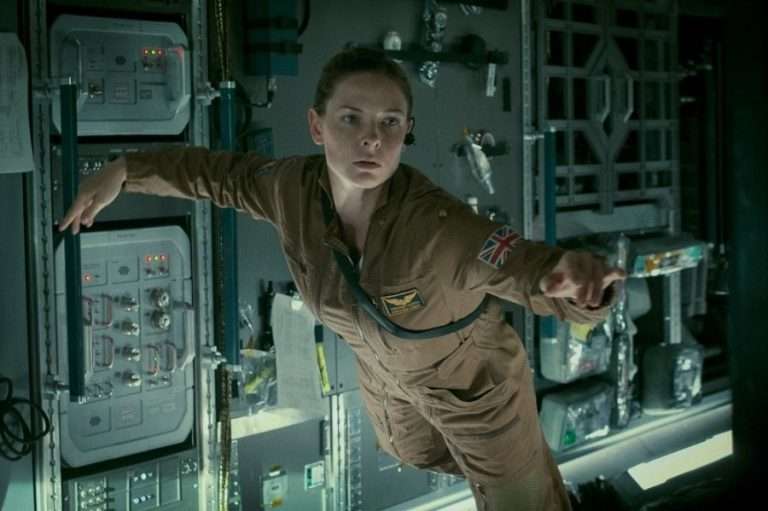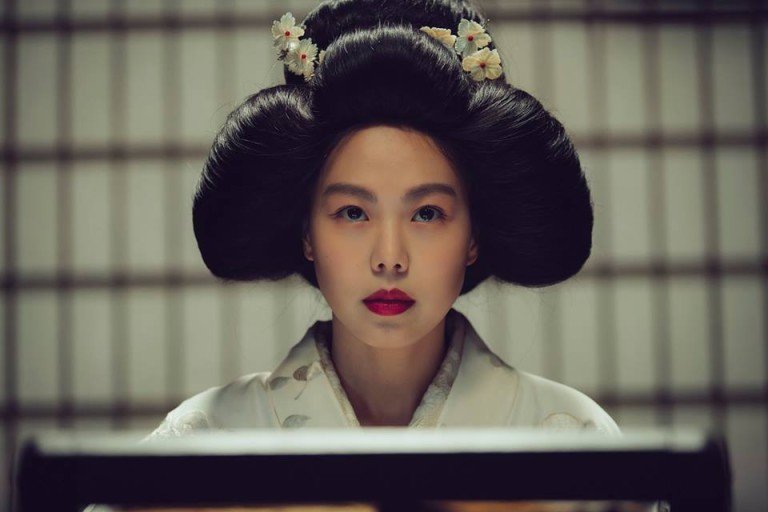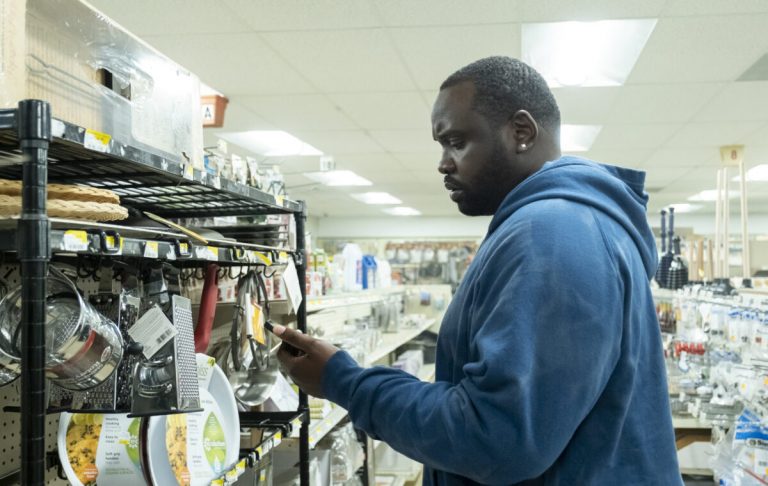For the past few years now, mainstream cinema and entertainment have become tethered to their consumer subjects. The phenomenon has further been exacerbated by the dwindling space of mid-budget films in the face of IP-driven cinema. At such a time, most people would assume that Greta Gerwig’s “Barbie” could only push so hard. But as the recent many weeks have shown us, a doll with an ingratiating smile and impossible curves can still be turned into a feminist icon as long as the marketing appears so convincing.
IP-based movies can’t damage the goods, as even bad PR is considered good when all the trends seem to point out in a particular direction. That said, Greta Gerwig has certainly earned a sort of unprecedented acclaim and respect for her previous two films, both critically and economically. Along with her creative and romantic partner, Noah Baumbach, Gerwig, in her new film, “Barbie,” draws heavy inspiration from the Greek myth of Pygmalion (as written by Ovid), in which a male sculptor creates and falls in love with a beautiful statue representing the perfect woman.
But in doing so, they also do much within the material’s inherently commercial parameters, deftly recreating the idyllic manufactured reality where dolls played by humans exist in what resembles a Toyland gated community. The first introduction to Barbie Land in itself neatly sets up the realization of the world, but it’s also the part where the movie sets up the seeds for its existential angst.
In “Barbie,” it’s the imaginations of the girls and women who play with the doll that give it something like a textured life, unlike the plastic world they inhabit. This is where the story marks a fitting shift for a film that takes sisterhood as a starting point. It’s here when Gerwig sets the tone with Barbie (played nonchalantly by Margot Robbie) — who calls herself Stereotypical Barbie — now wondering why she can’t float out of her Dreamhouse while coping with, well, a flat foot.
Once Barbie’s feet touch the ground, she seeks advice from a misfit version of the doll (Kate McKinnon), who prescribes a trip to the real world. Soon, Barbie, along with Ken (an unhinged Ryan Gosling riding shotgun), journey into reality. Once they venture into La-La-Land, however, Ken is delighted to discover patriarchy, which later prompts his hostile takeover of Barbie Land. While Ken goes from being a blank slate to a textbook misogynist with an inflated ego, the same contrapuntal revelations collide with Barbie’s startling discovery of sexism.

The same conflict fuels the thematic core of Gerwig’s film apart from aiding the comedy – the two of which eventually lead to fulfilling enlightenment for Barbie. In doing so, the singular achievement of the film is in evoking a sense of unseen realism from its pastel-pink world. As the film opened to a thunderous footfall this past weekend, countless women opened up about how they realized this might be the way men feel while watching adrenaline-fueled summer blockbusters.
Thus, Gerwig’s earnest feminist voice echoes onto the large scale and budget of the movie, sending out important lessons about how maligning the realization of being oddly perceived as a girl in the world feels like.
Over the years, Barbie has continued to generate criticism, mostly from physicians who treat body dysmorphia. During such a time, it’s obvious that a company like Mattel would try to make the doll more culturally relevant in an attempt to reinvent its brand. Their desire for wanting to make a Barbie movie since as early as 2009 came across as a desperate plea to broaden its fan demographic.
Thus, it became glaringly important to draw a monolithic discourse in the era of rapidly advancing AI to its product portfolio. The Mattel brand looms large in “Barbie,” and the fact that Mattel partnered with Warner Bros. for the movie (while banking big on it) ironically mocks this satirical mockumentary. In doing so, the film pushes back against the ridiculousness of capitalism while dialectically promoting precisely what its reverse-engineered origin sought to achieve.
For her part, the filmmaker figures out to tap into the nostalgia and vibe of its gleeful world while showcasing the comic timing of her huge cast. And while Gerwig does slip in a couple of glints of (expository) critique — as when a teenage girl accuses Barbie of promoting consumerism — it continues to compound the problems of the same while lacking enough set of diverse characters along and a complete lack of queers.
Of course, the argument arises that it’s because the film commits to its heightened world that such a case appears. But that’d still be a credit only to the filmmaker’s clever writing. The heady approach here almost renders the film’s heavy ideas into a string of SNL-like segments. Maybe it’s an instant that acts as a reminder of how the nuanced dexterity of writers such as Gerwig and Baumbach fears getting lost in translation while working on such a massively corporate scale. After all, these are screenwriters known for earnestly depicting things that go on at the microcosm, something that gets commercialized in this plastic world.






![Fireworks Wednesday [2006] : Doubt & Remorse](https://79468c92.delivery.rocketcdn.me/wp-content/uploads/2017/04/Fireworks-Wednesday-768x432.jpg)